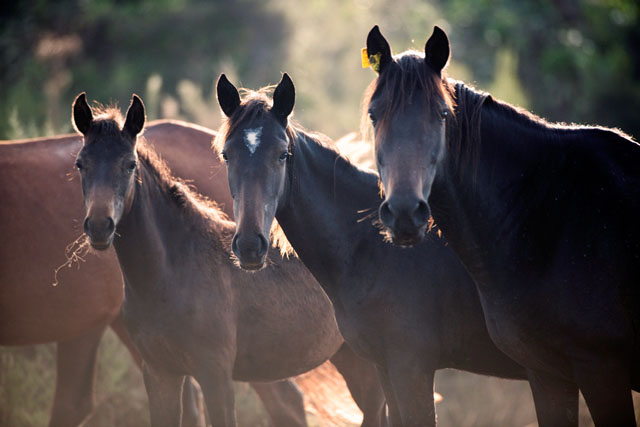Horse domestication revolutionized warfare and accelerated travel, trade and the geographic expansion of languages. This study presents the largest genome-scale time-series for a non-human organism to access the legacy of past equestrian civilizations in the genetic makeup of modern horses. It includes 87 new ancient genomes and genome-scale data of 132 animals. Two extinct horse lineages existed during early domestication at the far western (Iberia) and eastern range (Siberia) of Eurasia but contributed only marginally to modern diversity. Mule breeding started at least 2,200 years ago. Persian related horse lineages increasingly influence European and Asian populations in the centuries following the Islamic conquests until modern times. Multiple alleles associated with elite-racing, including at the MSTN "speed gene", only rose in popularity within the last few centuries. Finally, the development of modern breeding impacted genetic diversity more dramatically than all previous millennia of human management. informacion[at]ebd.csic.es: Fages et al (2019) Tracking five millennia of horse management with extensive ancient genome time series. Cell. https://doi.org/10.1016/j.cell.2019.03.049
https://www.cell.com/cell/fulltext/S0092-8674(19)30384-8








 Las altas temperaturas están provocando que las lagunas y las marismas de Doñana pierdan agua rápidamente
Las altas temperaturas están provocando que las lagunas y las marismas de Doñana pierdan agua rápidamente



